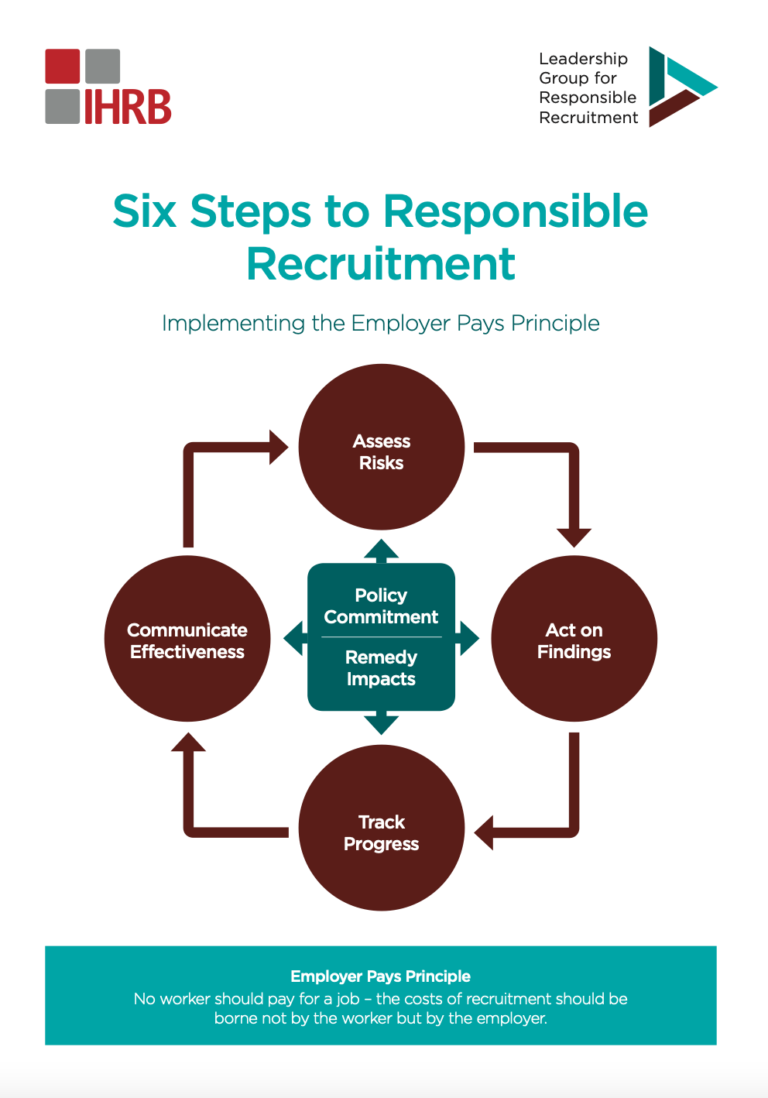GRETA Third Evaluation Report– Austria
GuidancePublicationsIn its third report on Austria, the Council of Europe’s Group of Experts on Action against Trafficking in Human Beings (GRETA) analyses trafficking victims’ access to justice and effective remedies and examines progress in the implementation of ...Read More

